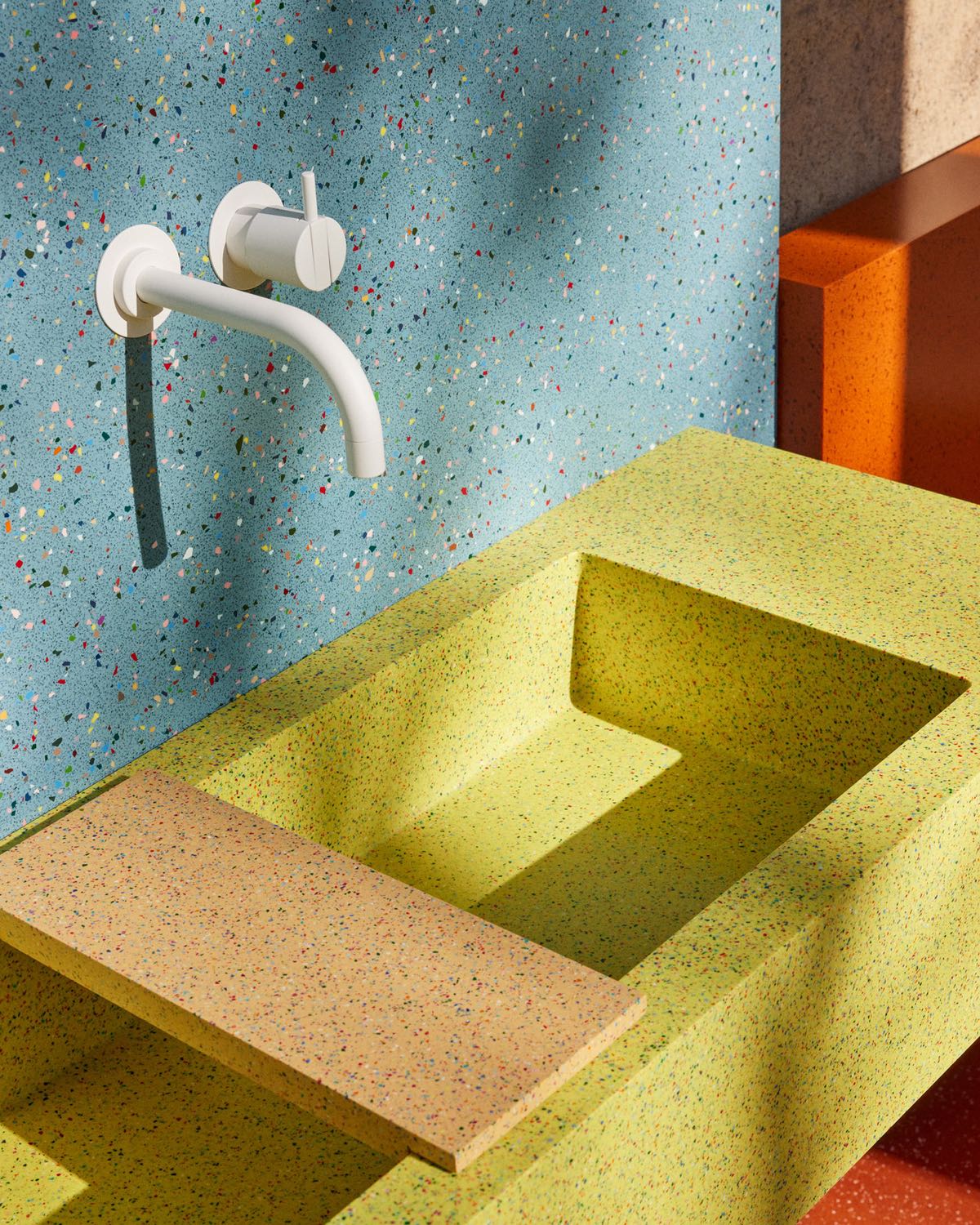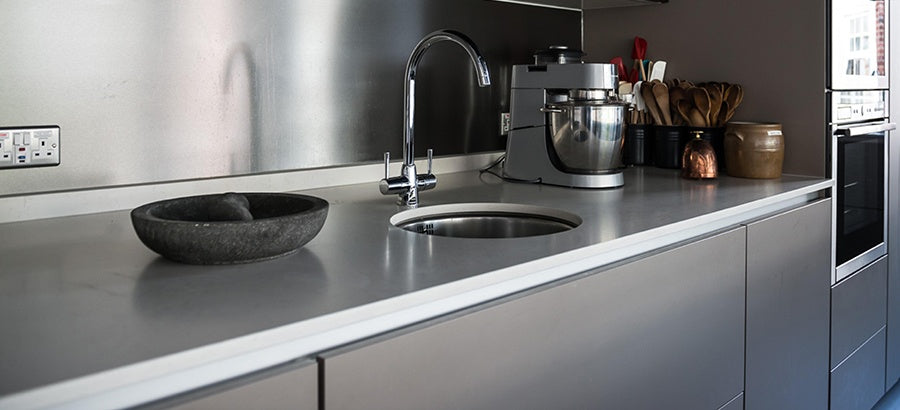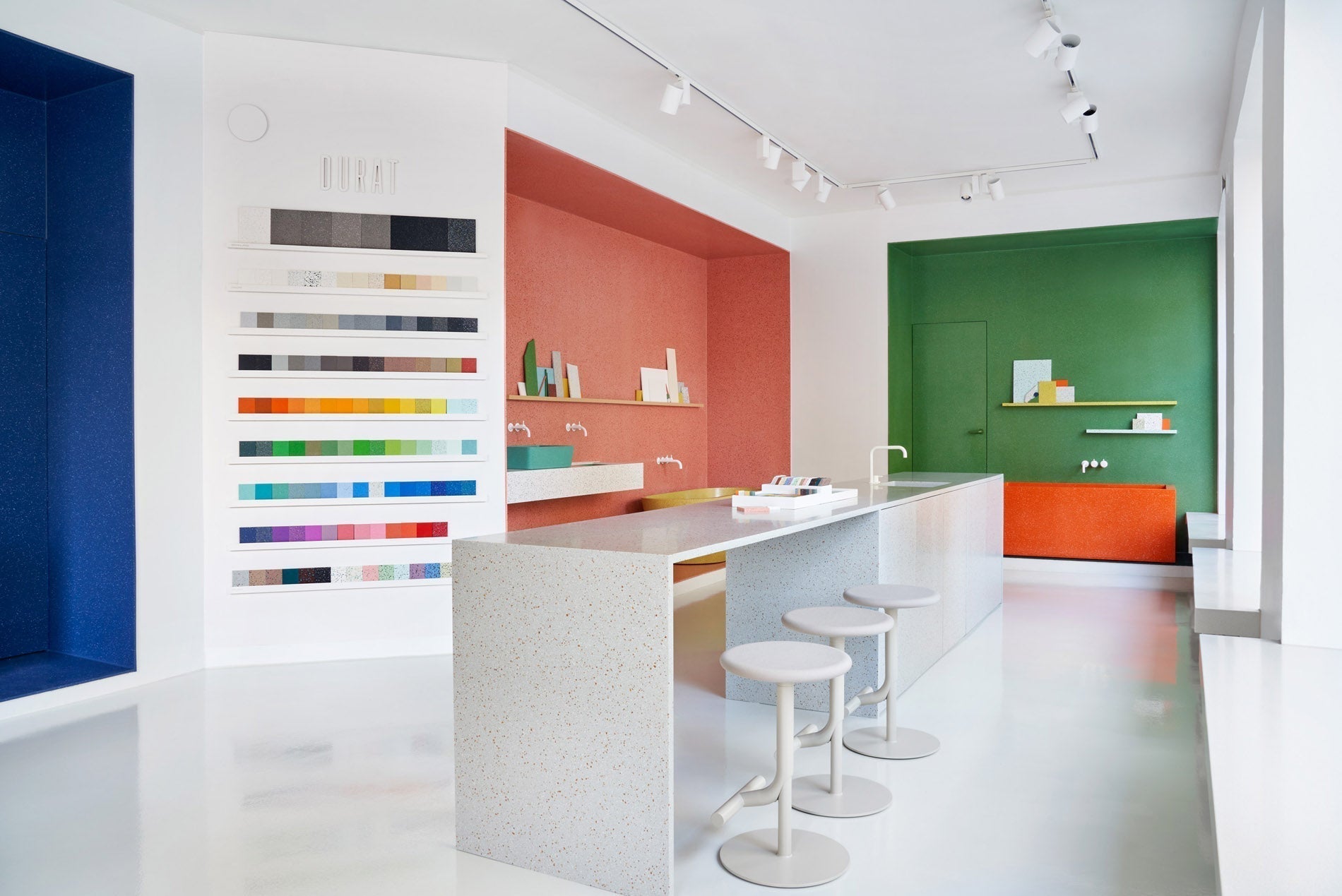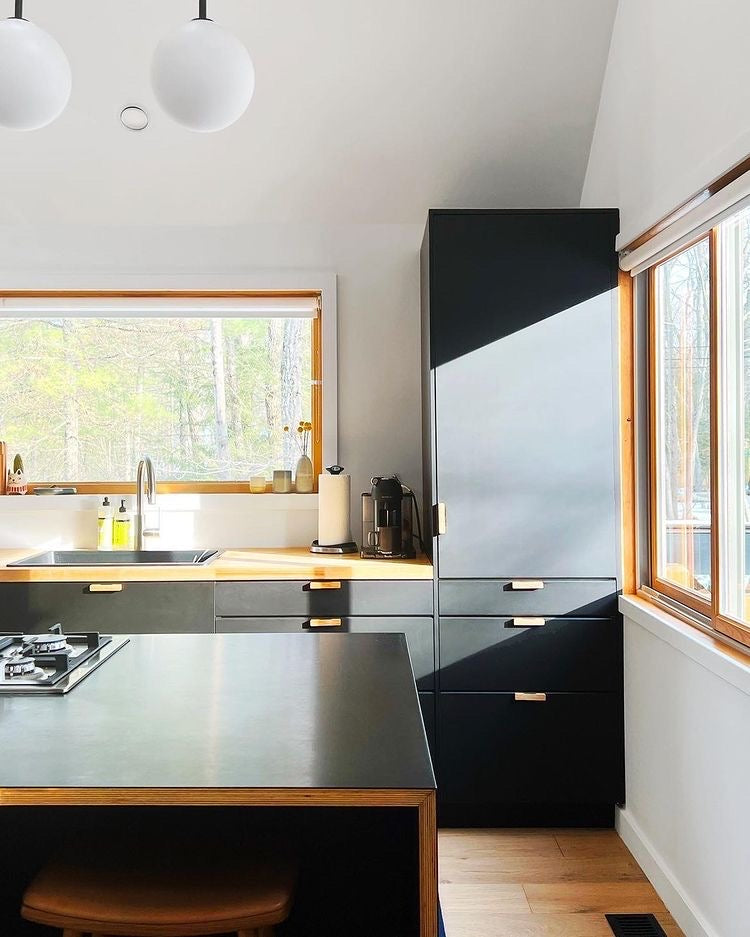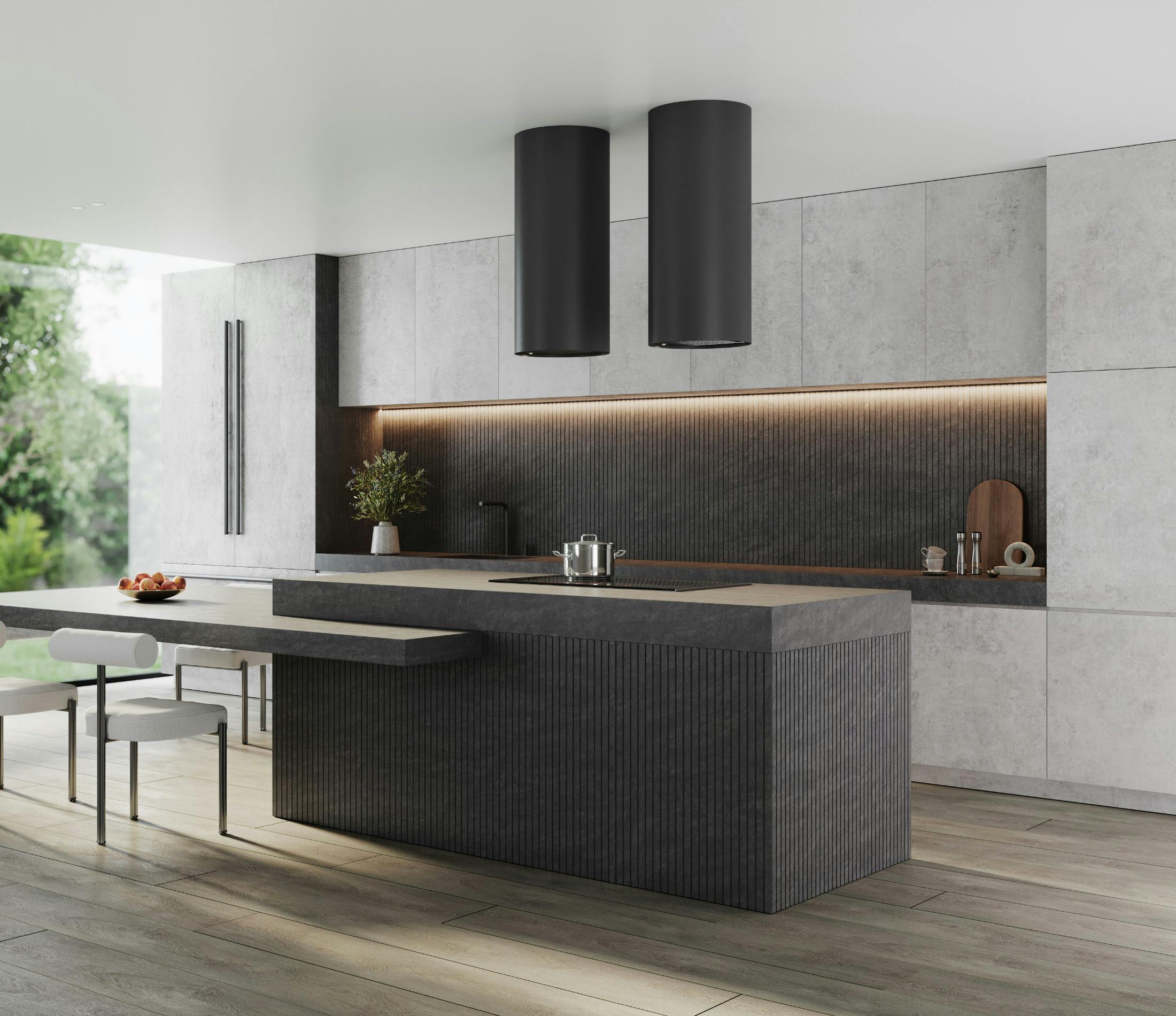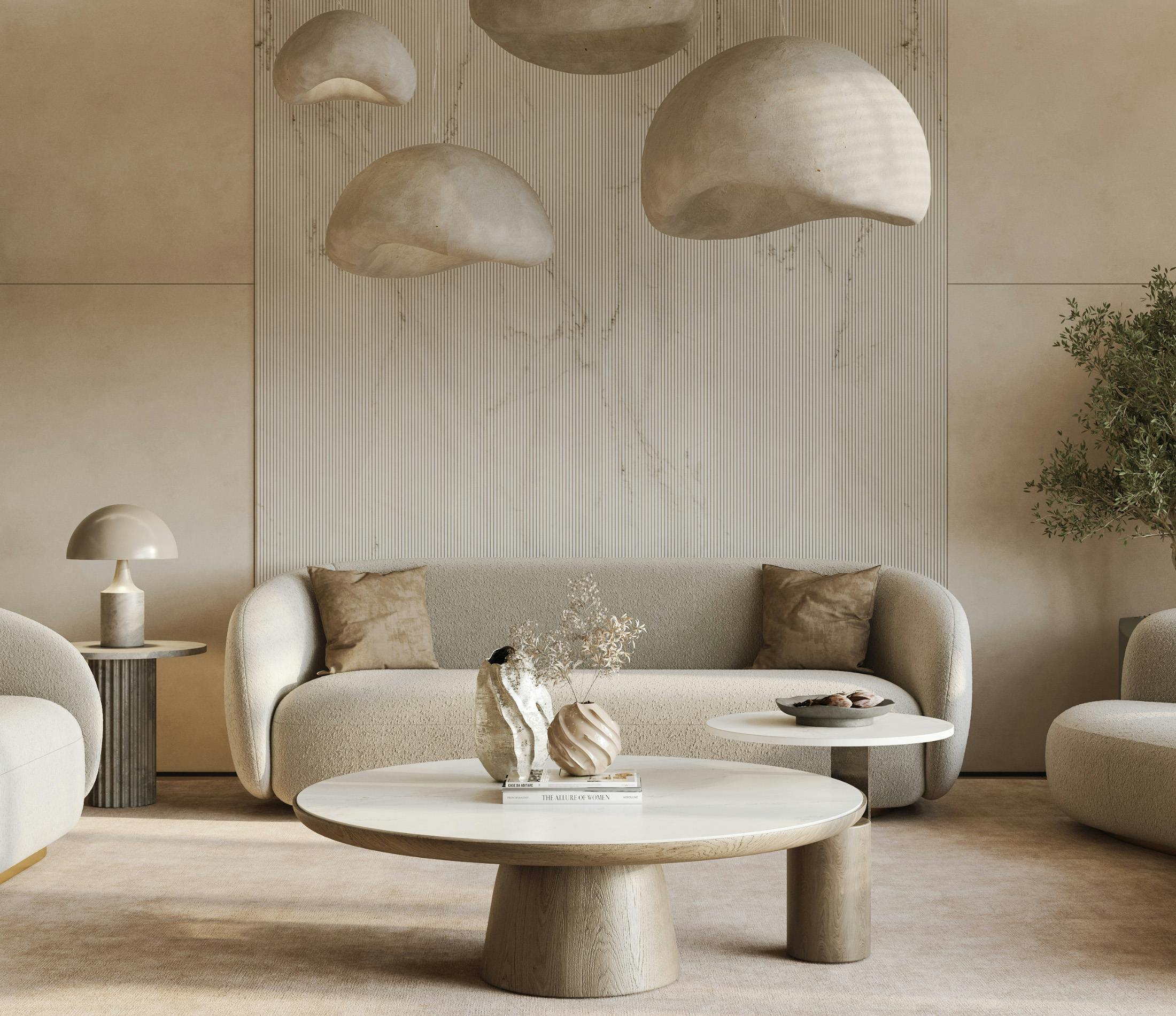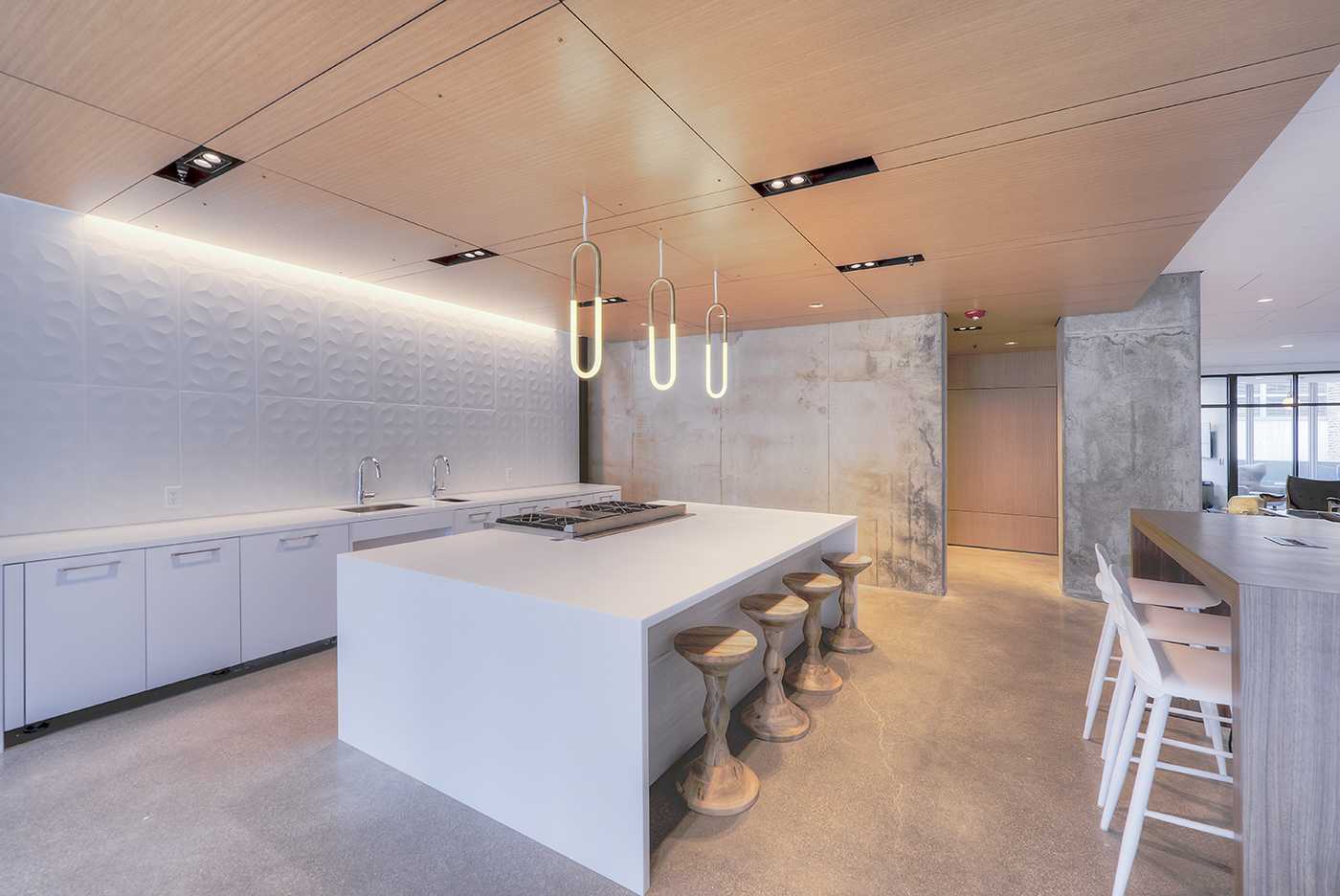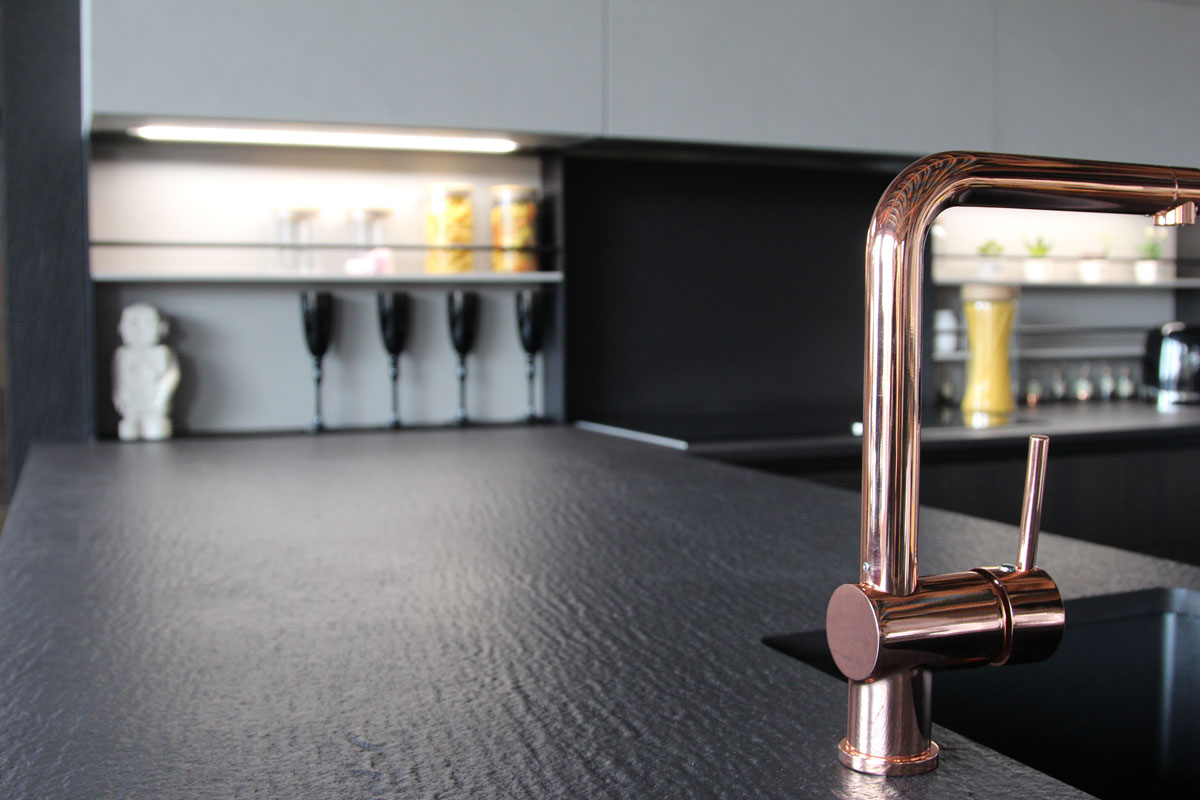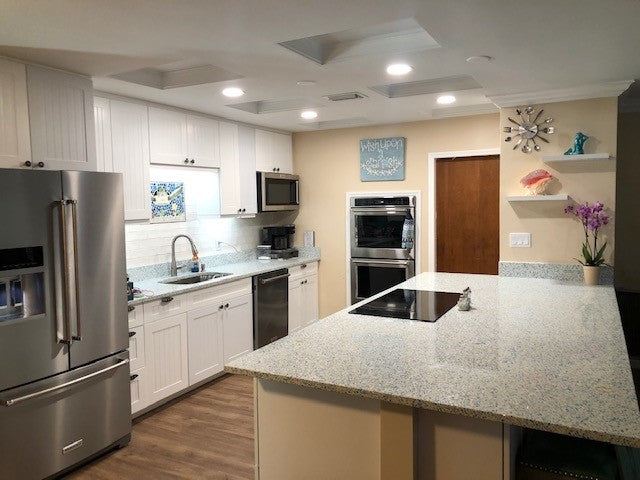Blogs by CaraGreen
Durat’s Big Chip Energy: Boldly Sustainable Solid Surface
Discover Durat's Big Chip Energy Collection—an innovative, eco-friendly solid surface that combines the bold, chunky aggregate look of terrazzo with the seamless, non-porous benefits of high-performance solid surfaces. Available exclusively through CaraGreen, this sustainable option offers dramatic style without the maintenance hassles of traditional aggregate materials.
From Quartz to Cutting-Edge: The Rise of Sintered and Mineral Surfaces in Modern Design
Top 20 Questions about Durat Solid Surface
Whether you’re designing a colorful modern kitchen, a serene spa-like bathroom, or a bold commercial space, Durat solid surfaces offer a sustainable and stylish alternative to traditional materials. With its recycled content, vibrant palette, and seamless finish, Durat is gaining attention from eco-conscious designers and homeowners alike. In this post, we answer the top 20 most common questions about Durat to help you decide if it’s the right fit for your next design.
What Surfaces are Crystalline Silica Free?
Crystalline silica-free surfaces are gaining popularity as safer alternatives to traditional engineered stone, which can pose serious health risks when silica dust is inhaled during cutting or fabrication. Materials like Durat (made from recycled plastics), Lapitec (a sintered, non-silica stone), GEOS and Gilasi (recycled glass surfaces), and PaperStone (from recycled paper and resin) offer durable, eco-friendly, and stylish options without the respiratory hazards. These surfaces are suitable for both residential and commercial use, offering benefits such as non-porosity, repairability, and design versatility. Solid surface countertops, particularly those incorporating recycled materials, also stand out for their safety, sustainability, and aesthetic appeal. As the demand for healthier building practices grows, silica-free materials are becoming a smart and responsible choice for modern construction and remodeling projects.
Guest Post: Killer Countertops – How Bad is Quartz?
Quartz countertops, made from high-silica engineered stone, are under increasing scrutiny due to serious health risks associated with silica dust exposure—risks comparable to those of asbestos. While quartz has surged in popularity, particularly in the U.S., countries like Australia and New Zealand are moving toward outright bans because of its link to silicosis, a deadly lung disease. Recent U.S. studies have confirmed rising cases, particularly among immigrant fabrication workers, highlighting both health and equity concerns. As global awareness grows, quartz is being reevaluated as a safe countertop option.
A Guide to Silica In Surfacing Materials – What is Dangerous and Why?
Crystalline silica, a naturally occurring compound found in materials like quartz, concrete, and stone, is under increasing scrutiny due to its health risks when inhaled in airborne form. While it poses no danger in finished products like countertops, workers exposed to dust during cutting or fabrication can suffer severe lung diseases, including silicosis and cancer. This has prompted regulatory efforts, including bans on engineered stone in places like Australia and Los Angeles County. Despite its prevalence in many building materials, some companies are innovating safer alternatives, such as silica-free quartz products, to address growing health and legal concerns surrounding crystalline silica exposure.
Quartz vs. Recycled Glass Countertops
Looking for a countertop that’s stylish and sustainable? Recycled glass surfaces keep hundreds of pounds of glass out of landfills while offering a vibrant terrazzo-inspired look. Unlike quartz—which has become heavily commoditized and tied to complex tariffs—recycled glass counters like GEOS, Gilasi, and Durat tell a true green story. So skip the marble-madness quartz and serve eco-style with countertops that sparkle for the planet.
Sintered Stone or Porcelain?? What’s the Difference?
Sintered stone remains somewhat misunderstood compared to large format porcelain, though both undergo high-pressure and heat processes. Sintered stone—offered by brands like Dekton, Lapitec, and Neolith—is made by heating and compressing powdered minerals, creating a strong, nonporous surface that mimics natural volcanic rock. Unlike porcelain, which is often printed only on the surface and can be thin and prone to cracking, sintered stone is typically thicker and can handle rapid temperature changes and heavy impacts. Notably, Lapitec produces true “through-body” slabs, meaning patterns and colors run throughout the entire material, allowing for seamless edges and cuts without losing design continuity—a challenge for printed porcelain. This makes sintered stone stronger, more durable, and more versatile than porcelain, especially for countertops and other demanding surfaces.
It’s Terrazzo’s Time: Eco-Savvy Options to the Terrazzo Trend
Love the terrazzo look but want something more sustainable? Traditional terrazzo has evolved from a recycled material to a mostly aesthetic trend—but there are greener options. GEOS offers recycled glass surfaces with terrazzo flair and zero sealing required. Diresco blends recycled quartz with bio-based resins for a durable, eco-conscious surface. And Durat Palace brings bold, colorful terrazzo vibes using recycled plastics in a seamless finish. Sustainable style? Yes, please.




